Acupuncture in Sports Medicine: Enhancing Recovery and Performance
Photo by Cristian Camilo Estrada from Pexels
In the world of sports medicine, recovery is just as important as training. Athletes—from professionals to weekend warriors—are increasingly turning to acupuncture to accelerate healing, reduce pain, and improve performance. Acupuncture offers a natural, evidence-supported method to promote the body’s self-repair mechanisms, making it a valuable complement to conventional sports rehabilitation.
UNDERSTANDING ACUPUNCTURE IN SPORTS MEDICINE
Sports medicine acupuncture works by stimulating specific motor points or trigger points on the body using fine needles often with electric stimulation to neuro-modulate the muscles and connective tissue. This is different from acupuncture points on meridians. From a biomedical perspective, this stimulation increases blood circulation, releases endorphins, modulates inflammation, and activates the parasympathetic nervous system—all of which play essential roles in recovery and tissue repair.
Athletes often experience muscle fatigue, joint pain, sprains, and overuse injuries. Acupuncture helps manage these conditions by reducing inflammation, improving flexibility, and preventing chronic injury patterns. Moreover, it supports faster recovery by promoting microcirculation and reducing oxidative stress in the affected tissues.
SCIENTIFIC EVIDENCE SUPPORTING ACUPUNCTURE FOR RECOVERY
Modern research has confirmed that acupuncture triggers measurable physiological changes beneficial for recovery and rehabilitation:
Pain and Inflammation Reduction: A 2017 review in The Journal of Pain found that acupuncture significantly reduces both acute and chronic pain, with results comparable to or better than standard care interventions such as NSAIDs.
Enhanced Muscle Repair: A study published in Frontiers in Neurology (2018) demonstrated that acupuncture increases local microcirculation and oxygen delivery, accelerating muscle repair and decreasing recovery time after exercise-induced injury.
Neuroendocrine Regulation: Research from The American Journal of Chinese Medicine (2020) showed that acupuncture modulates cortisol levels and the hypothalamic-pituitary-adrenal axis, helping the body recover from physiological stress caused by intense training.
Improved Mobility and Function: A clinical trial in BMJ Open Sport & Exercise Medicine (2022) revealed that athletes receiving acupuncture as part of their rehabilitation reported improved joint mobility and decreased pain perception compared to control groups.
INTEGRATING ACUPUNCTURE INTO ATHLETIC RECOVERY
In sports medicine acupuncture, I will often use corrective exercises, massage, cupping, gua sha and other integrative modalities for a well rounded treatment and recovery plan. Techniques such as electroacupuncture can further enhance outcomes by stimulating deeper muscle fibers and accelerating tissue regeneration.
Athletes commonly use acupuncture sessions pre-competition for muscle preparation and post-competition for recovery and inflammation control. It is particularly effective for conditions such as tendonitis, IT band syndrome, muscle strains, and delayed onset muscle soreness (DOMS).
CONCLUSION
As modern sports medicine continues to evolve, acupuncture stands as a bridge between ancient wisdom and scientific advancement. It provides athletes with a safe, effective, and holistic approach to healing and performance enhancement. Whether used preventively or as part of rehabilitation, acupuncture offers an invaluable edge in achieving optimal recovery and resilience. As always, remember to receive your acupuncture only from a Licensed Acupuncturist (L. Ac.) after their name and seek out someone with orthopedic and sports medicine training.

